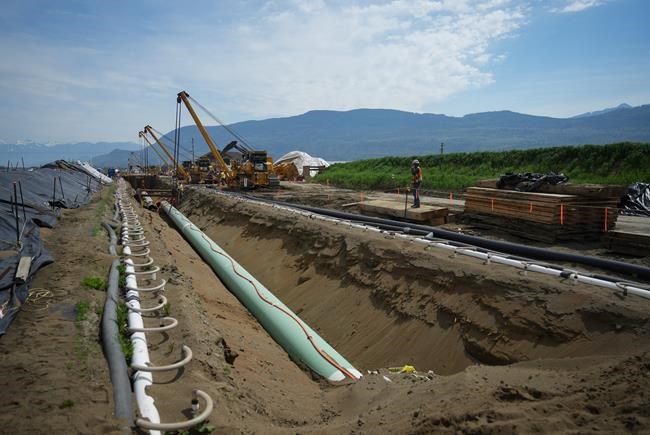Vaughn Palmer: BC needs housing, but who will build it?

Article content
VICTORIA — As politicians at all levels demand more housing in B.C., state agencies warn there aren’t enough skilled workers to build what’s needed.
advertising 2
Article content
The Canadian Mortgage and Housing Authority reported last week that “British Columbia is short of workers to cope with a significant housing shortage.”
Article content
“In a best-case scenario, there will only be enough labor force to increase the number of starts at 50% BC from CMHC’s baseline forecast by 2030.”
British Columbia needs to double its achievable housing starts to ensure the necessary supply by the end of the 20’s.
The findings are from a report released October 6, titled Labor Constraints and Supply in Large Canadian Provinces.
The agency focused on Alberta, British Columbia, Quebec and Ontario. While the situation in Ontario was “more dire,” Alberta proved far better off than BC in terms of the required housing labor supply. Quebec was on par with BC in terms of labor shortages.
advertising 3
Article content
This report identified several wrinkles in BC
The number of workers per unit under construction has been declining in recent years. Analyzes show that the increase in productivity is due to multifamily housing becoming a larger share of housing construction.
“Workers can handle the work of multiple apartment units in the same building at the same time, sharing materials and equipment,” the report said. “But given the greater logistical constraints of moving workers, materials and equipment, workers are less likely to be able to handle work on multiple single-family homes at the same time.”
Similarly, “moving heavy equipment and materials is much easier within a condominium than between houses in a low-rise subdivision.”
Advertising 4
Article content
This will influence calls to build fewer multi-family dwellings in favor of more townhouses, tenements, triplex housing and other developments geared towards middle-income families.
The authors of the CMHC report noted that “adding ‘missing middle’ housing to urban areas or building ground-oriented housing, which is considered more labor-intensive, will reduce the number of workers per housing unit under construction.” “The decline is unlikely to continue,” he said. .
British Columbia also stands out for its statistics on net additions to residential units over the past five years.
“In Ontario there were 98 additional homes for every 100 completions, whereas in British Columbia there were only 82 new homes for every 100 completions.”
This is due to the fact that in BC “houses on some plots will be demolished and replaced by new, larger houses that require new foundations (and thus count as starting housing), but the stock of new housing will have additional because it won’t.”
Advertising 5
Article content
The report comes with warnings about other restrictions on the supply of new home construction.
“Our analysis projects the maximum number of housing starts each major state can offer based on the projected housing workforce (based on projected population growth) through 2030,” CMHC said. said.
“Factors such as infrastructure, materials, financing options, land, housing policies and housing market conditions all affect the ability to supply new housing to varying degrees, but are not considered here.”
That said, the report speaks with considerable authority regarding labor supply.
“With significant labor force constraints in most of Canada’s provinces, we cannot get out of the housing supply problem.”
Advertising 6
Article content
“All levels of government and industry need to work together to solve this enormous challenge and make housing affordable for all Canadians.”
As a remedy, CMHC says the state needs to persuade young workers to become skilled workers.
“In all major provinces, the proportion of young workers in housing construction is lower than the total workforce. Is required.
Without a doubt, successive BC governments have been preaching that message for at least 30 years.
Other solutions include obvious solutions such as increasing immigration, paying higher wages to attract workers to the construction industry, and taking advantage of the limited labor supply to increase the number of authorized employees. Innovative solutions such as converting commercial space vacated by growth into housing. work remotely.
advertising 7
Article content
What happened during the pandemic raises another possibility.
According to CHMC, the construction industry in key states “has been able to get more work done with fewer workers.” “If this pace can be maintained without sacrificing turnaround time, housing construction will increase and help alleviate some of the housing supply challenges.”
In its 2030 housing affordability report, the agency says there’s still not enough to supply what’s needed to hit the target.
“The challenge of increasing housing construction to meet the 2030 affordable supply target is enormous.”
So for now, the CMHC report stands as a warning that one of the biggest challenges is finding people to build homes, as housing is difficult to approve and finance in British Columbia.
vpalmer@postmedia.com
Vaughn Palmer: BC needs housing, but who will build it?
Source link Vaughn Palmer: BC needs housing, but who will build it?





